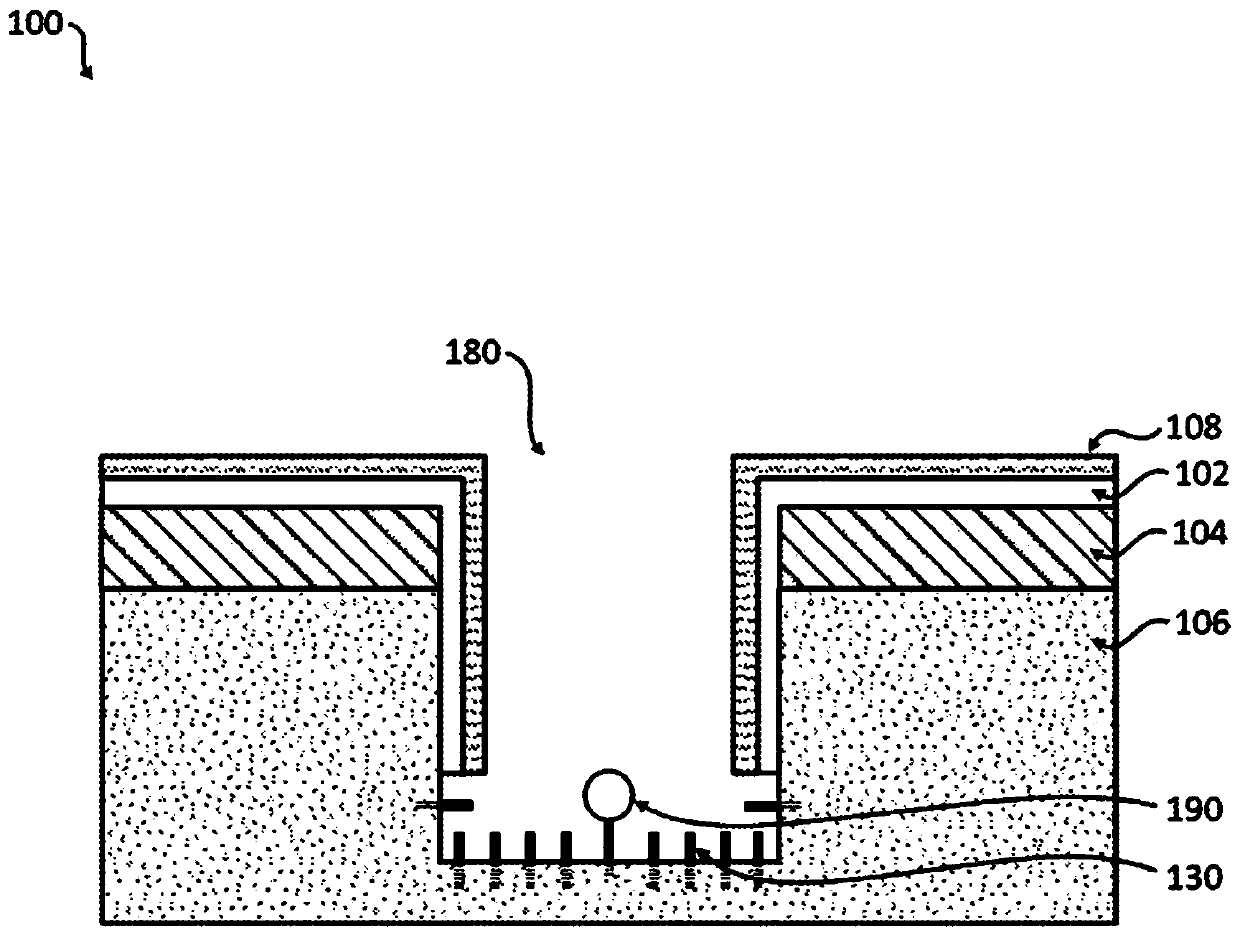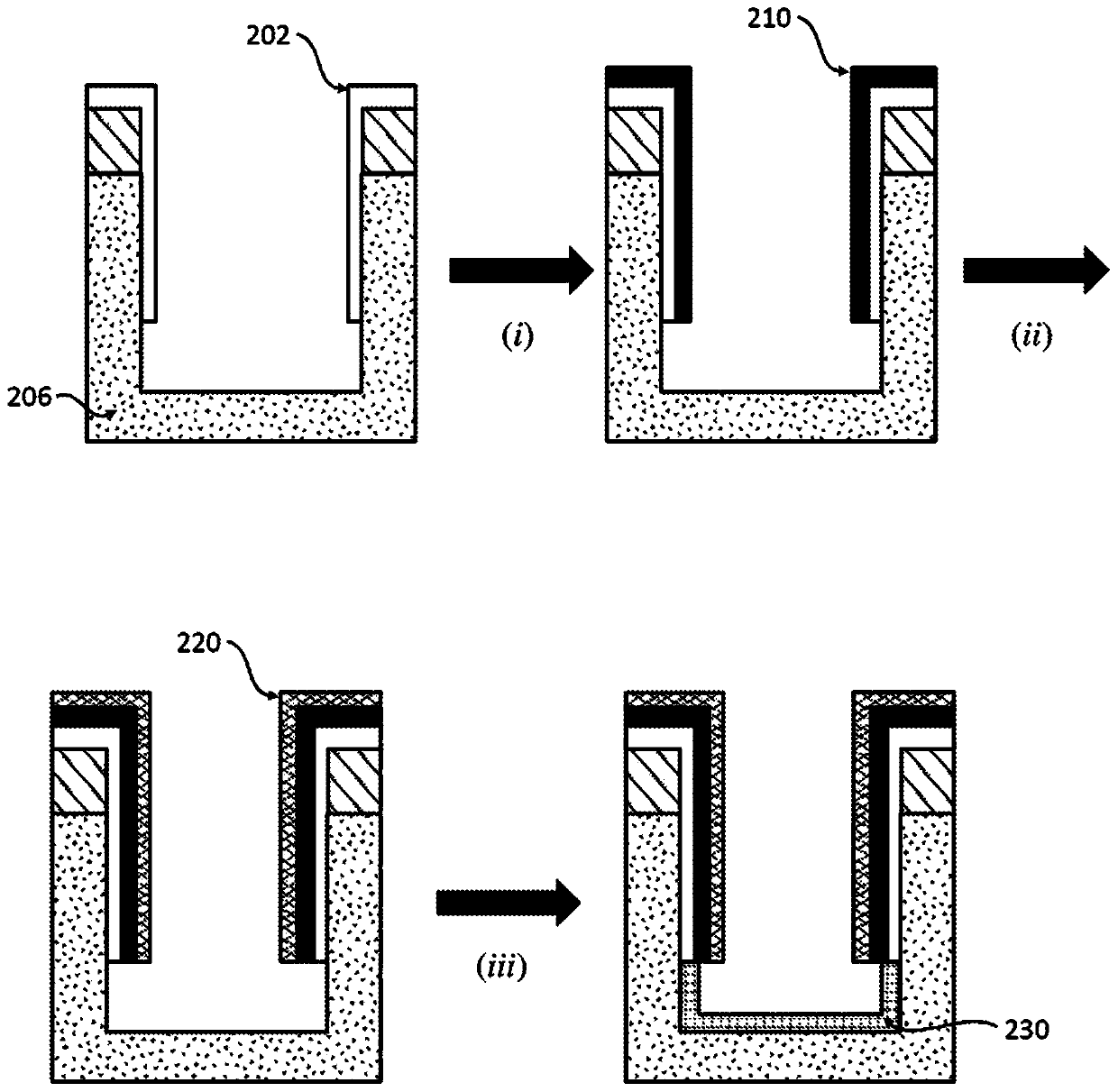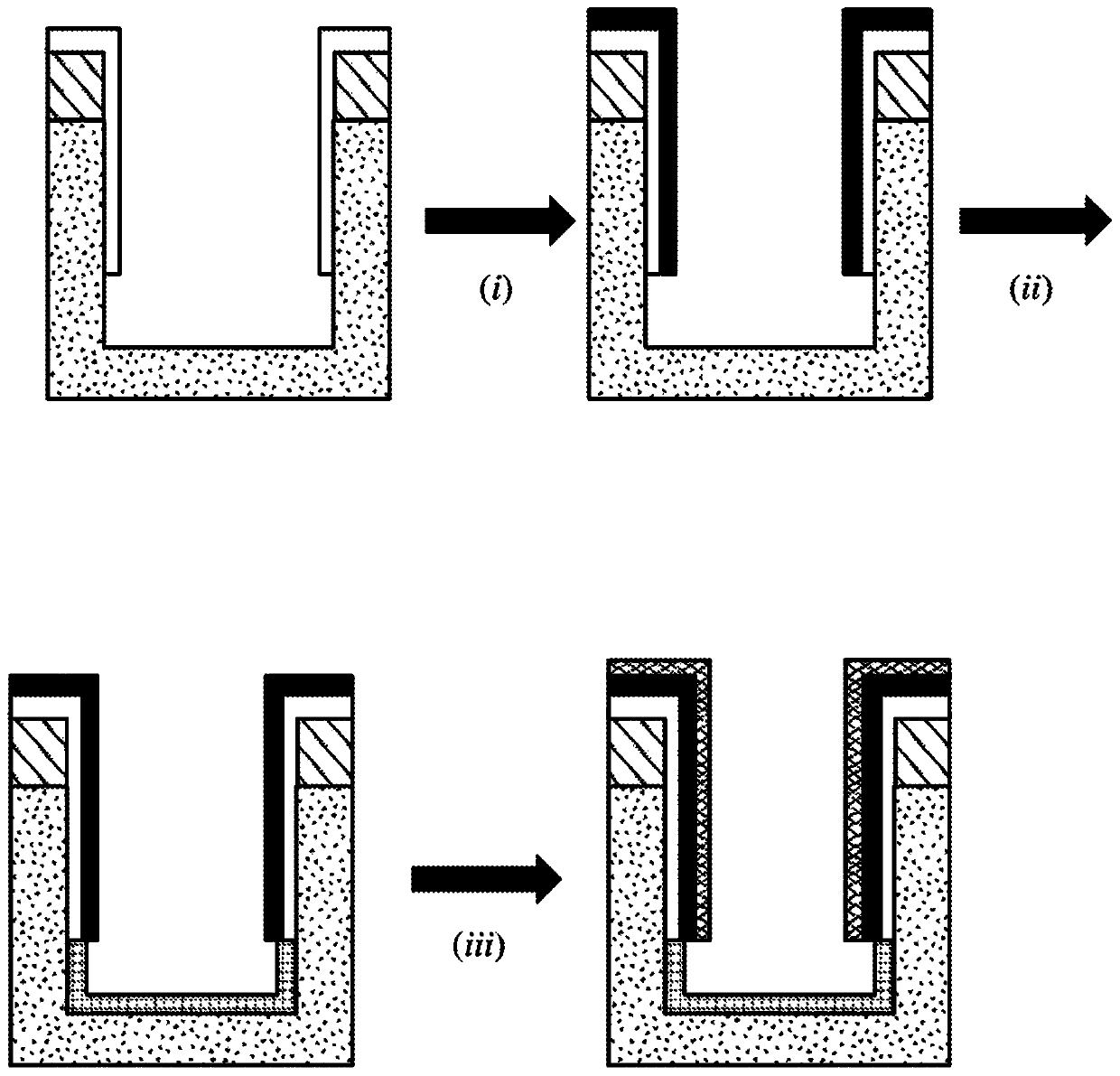Substrates with modified surface reactivity and antifouling properties in biological reactions
A substrate and oxide technology, applied in biochemical equipment and methods, bioreactor/fermenter combination, specific-purpose bioreactor/fermenter, etc., can solve the problem of reducing the accuracy of results
- Summary
- Abstract
- Description
- Claims
- Application Information
AI Technical Summary
Problems solved by technology
Method used
Image
Examples
Embodiment 1
[0125] Example 1. Improved wettability on metal oxide surfaces using block copolymers
[0126] Methods for passivating metal oxide surfaces were evaluated by wettability experiments. with TiO 2 and SiO 2 Samples of the constructed surface area were subjected to a two-step process involving the formation of the coating followed by the formation of a stain-resistant cover. For the purposes of these experiments, hexylphosphonic acid (HPA) was used to generate the coating, and Pluronic P123 triblock copolymer (HO(C 2 h 4 O) a (C 3 h 6 O) b (C 2 h 4 O) a H) Creating an antifouling layer.
[0127] make TiO 2 / SiO 2 The samples were exposed to HPA over a period of 24 hours to allow the HPA monolayer to 2 self-assembled on the surface. After HPA passivation, the surface wettability was evaluated by contact angle measurement, where the TiO 2 The drop on the side measures about 85° and the SiO 2 The droplet measures about 15° on the side. The curve of contact angle v...
Embodiment 2
[0129] Example 2. Binding Selectivity Assay for Assessing Surface Functionalization
[0130] in TiO 2 / SiO 2 On samples, the surface selectivity of silanization was assessed by quantum dot (QD)-streptavidin analysis using biotin-conjugated silanes. In these experiments, the surface selectivity of silane compounds was examined for samples prepared with HPA passivated coating only, or samples prepared by HPA passivation followed by stain-resistant coverage of triblock copolymers. Fluorescence imaging results for the different conditions analyzed are shown in Figure 7 middle.
[0131] Using TiO that has not been subjected to a surface chemical reaction modification step 2 / SiO 2 The sample obtained the background fluorescence measurement value ( Figure 7 ,top). For control experiments, TiO was prepared by passivation with HPA followed by surface functionalization with silane-PEG-biotin 2 / SiO 2 sample. Fluorescence measurements were obtained using the QD-streptavidin ...
Embodiment 3
[0133] Example 3. Antifouling effect in biological reaction
[0134] The effect of stain-resistant coverage on the sequencing chip was assessed by observing the fluorescence emission from the dye-labeled nucleotides on the chip treated with HPA or HPA / triblock copolymer. like Figure 8 As shown in (left), minimal fluorescent signal was observed in chips treated with HPA / triblock copolymer. In contrast, chips treated with HPA alone exhibited a much higher emission detected from labeled nucleotides in solution ( Figure 8 ,right). These results indicate that HPA-treated chips are more susceptible to dye-labeled nucleotides remaining in the evanescent volume of the sample well than HPA / triblock copolymer-treated chips. Additionally, this would suggest that the triblock copolymer imparts antifouling properties to minimize or eliminate the susceptibility of dyes to adhere to surfaces within the evanescent volume. The sequencing reaction was further performed using chips treated...
PUM
 Login to View More
Login to View More Abstract
Description
Claims
Application Information
 Login to View More
Login to View More - R&D
- Intellectual Property
- Life Sciences
- Materials
- Tech Scout
- Unparalleled Data Quality
- Higher Quality Content
- 60% Fewer Hallucinations
Browse by: Latest US Patents, China's latest patents, Technical Efficacy Thesaurus, Application Domain, Technology Topic, Popular Technical Reports.
© 2025 PatSnap. All rights reserved.Legal|Privacy policy|Modern Slavery Act Transparency Statement|Sitemap|About US| Contact US: help@patsnap.com



